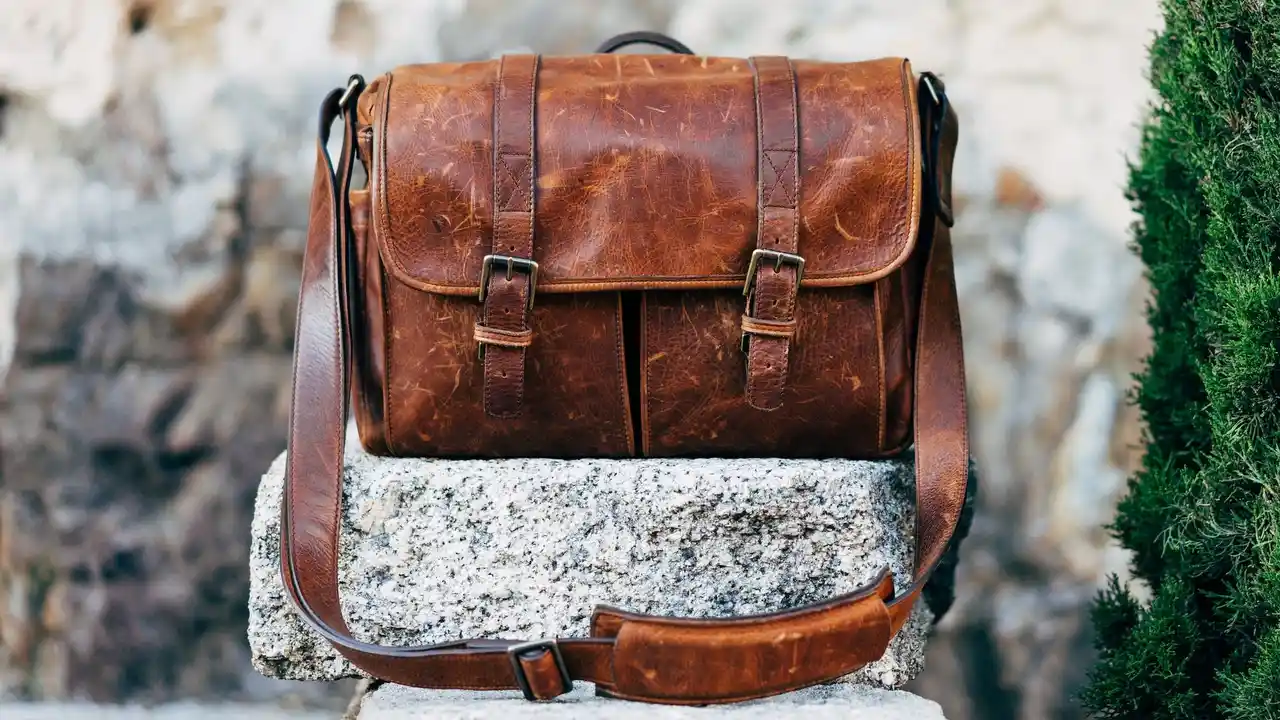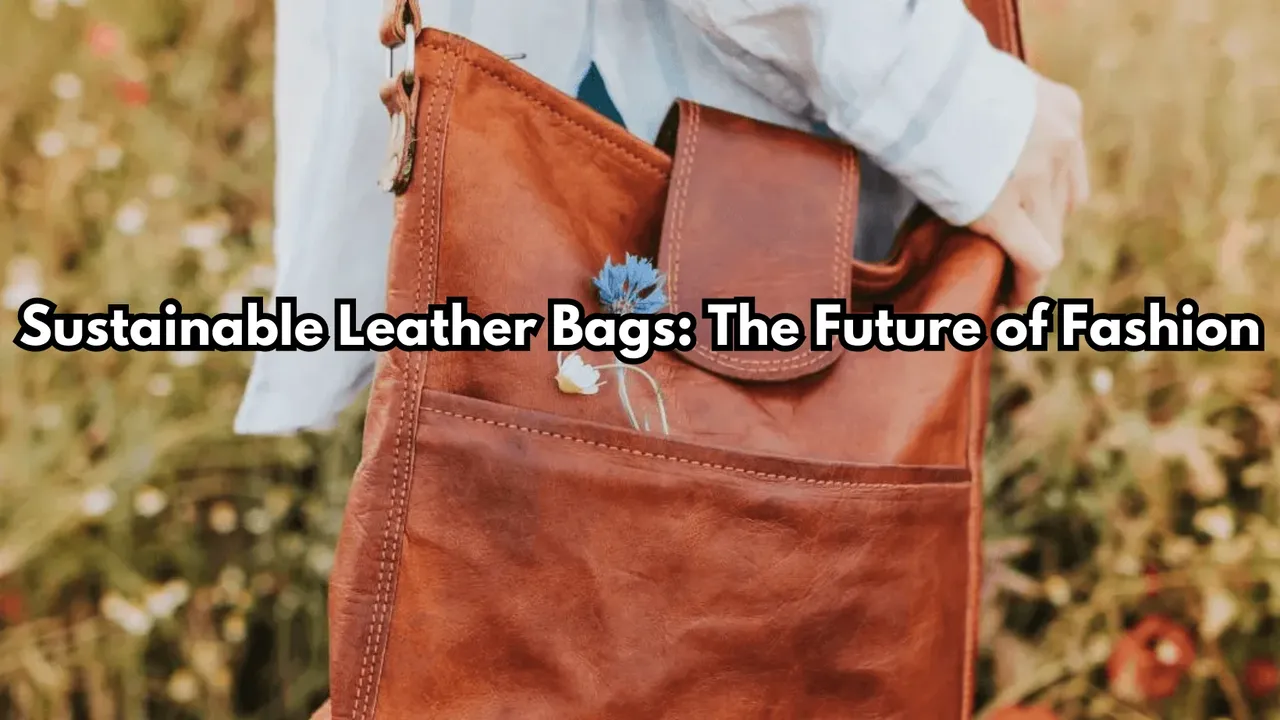The Environmental Impact of Traditional Leather Handbags
The Environmental Impact of Traditional Leather Handbags

The Hidden Costs of Your Leather Bag: Deforestation and Habitat Loss
Okay, let's talk leather. We all love a classic leather handbag, right? It looks good, it feels luxurious, and it lasts… or so we think. But have you ever stopped to consider where that leather actually comes from? A huge part of the problem is deforestation. To create grazing land for cattle (the source of most leather), forests are cleared at an alarming rate, especially in the Amazon rainforest. This not only contributes to climate change by releasing stored carbon dioxide but also destroys habitats for countless species. Think jaguars, monkeys, and countless insects – all losing their homes because of our demand for leather. It's a pretty heavy price to pay for a stylish accessory, isn't it?
Water Pollution: The Toxic Tannery Process
And it's not just deforestation. The tanning process, which turns raw animal hides into the leather we use for handbags, is incredibly water-intensive and polluting. Tanning often involves the use of harsh chemicals like chromium, formaldehyde, and arsenic. These chemicals can contaminate local water sources, harming aquatic life and posing serious health risks to communities living near tanneries. We're talking about potential long-term health problems like cancer and birth defects. The waste water generated often isn't treated properly before being discharged, creating a toxic cocktail that damages ecosystems and threatens human health. It’s a dirty secret behind a seemingly glamorous product.
Greenhouse Gas Emissions: From Farm to Fashion
Let’s not forget about greenhouse gas emissions. Raising cattle for leather production contributes significantly to greenhouse gas emissions, primarily through methane released by cows. Methane is a potent greenhouse gas, far more effective at trapping heat than carbon dioxide. Then you have to factor in the emissions from transporting the hides, tanning them, and manufacturing the final product. The whole process is a carbon-intensive endeavor. When you add it all up, a traditional leather handbag has a surprisingly large carbon footprint.
Soil Degradation: Overgrazing and Land Erosion
Overgrazing, another consequence of cattle farming for leather, leads to soil degradation and land erosion. When too many animals graze on the same land, it strips away the vegetation cover, leaving the soil vulnerable to erosion by wind and rain. This can lead to desertification, making it difficult to grow crops and support livestock in the future. It’s a vicious cycle that degrades the land and undermines the long-term sustainability of agriculture.
Ethical Concerns: Animal Welfare in Leather Production
Beyond the environmental issues, there are serious ethical concerns surrounding animal welfare in leather production. Factory farming practices often involve confining animals in cramped and unsanitary conditions, denying them the opportunity to engage in natural behaviors. Animals may be subjected to painful procedures like branding and tail docking without anesthesia. The conditions in which these animals are raised are often far from humane. While this article focuses primarily on environmental impact, it's important to acknowledge the ethical dimension as well.
Sustainable Alternatives: Vegan Leather and Beyond
Okay, so traditional leather isn't exactly eco-friendly. But the good news is, we have options! Vegan leather, made from materials like PU (polyurethane), Piñatex (pineapple leaf fiber), and mushroom leather, offers a cruelty-free and often more sustainable alternative. While PU leather has its own environmental issues related to its plastic base, it's generally considered less impactful than traditional leather. Piñatex, made from waste pineapple leaves, is a great example of a circular economy approach. And mushroom leather, still relatively new, holds huge promise as a biodegradable and sustainable material.
Product Recommendations: Sustainable Handbags to Consider
Ready to ditch the traditional leather and embrace a more sustainable option? Here are a few specific handbag recommendations to get you started:
Matt & Nat Brave Backpack
This is a classic vegan backpack made from recycled nylon lining. It's perfect for students, commuters, or anyone who needs a stylish and functional bag. It’s super durable and comes in a variety of colors. You can find it for around $150.
Angela Roi Cher Tote
Angela Roi is a brand dedicated to creating ethical and sustainable vegan leather handbags. The Cher Tote is a beautiful and spacious tote bag perfect for everyday use. It’s made from high-quality vegan leather and comes in several chic colors. It typically sells for around $230.
Corkor Crossbody Bag
Corkor specializes in handbags and accessories made from cork. Cork is a renewable and sustainable material that is both durable and water-resistant. Their crossbody bags are stylish, lightweight, and perfect for travel or everyday errands. Expect to pay around $80-$120.
Labante London Bags
Labante London offers a wide range of stylish vegan leather bags, from totes to clutches to backpacks. They are known for their commitment to ethical production and high-quality materials. Prices vary depending on the style, but you can generally find bags in the $150-$300 range.
Comparing Vegan Leather Options: PU vs. Piñatex vs. Mushroom Leather
So, you’re sold on the idea of vegan leather, but which type is right for you? Let's break down the pros and cons of a few popular options:
PU Leather (Polyurethane)
- Pros: Affordable, widely available, durable, can be made to mimic the look and feel of real leather.
- Cons: Made from plastic, not biodegradable, production can involve harmful chemicals.
Piñatex (Pineapple Leaf Fiber)
- Pros: Made from agricultural waste, sustainable, reduces waste, unique texture.
- Cons: Not as widely available as PU leather, can be more expensive, may require a coating for water resistance.
Mushroom Leather (Mylo, Muskin)
- Pros: Biodegradable, sustainable, renewable, soft and supple texture.
- Cons: Still relatively new and expensive, limited availability.
Making the Switch: A Step Towards a More Sustainable Future
Choosing a sustainable handbag is a small but significant step towards a more environmentally friendly lifestyle. By opting for vegan leather or other eco-friendly materials, you can reduce your impact on the planet and support brands that are committed to ethical and sustainable practices. It's about making conscious choices and voting with your wallet. So, next time you're shopping for a new handbag, consider the environmental impact of your purchase and choose a sustainable alternative. Your style doesn't have to come at the expense of the planet.
:max_bytes(150000):strip_icc()/277019-baked-pork-chops-with-cream-of-mushroom-soup-DDMFS-beauty-4x3-BG-7505-5762b731cf30447d9cbbbbbf387beafa.jpg)





